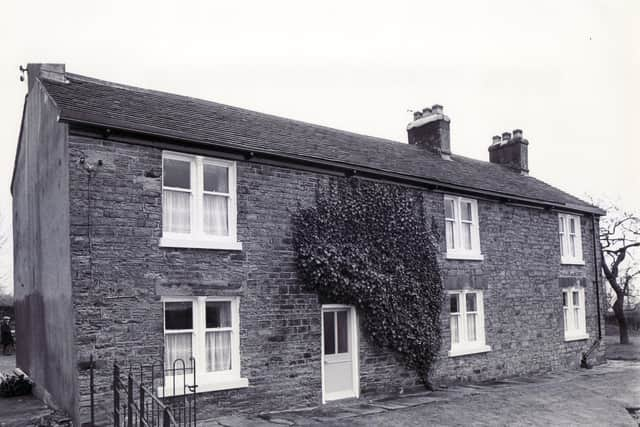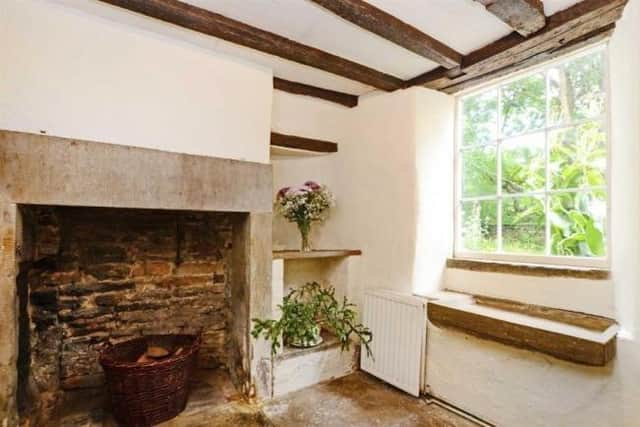Birthplace of celebrated Sheffield sculptor for sale at £550,000
and live on Freeview channel 276
Chantry Cottage in Norton was the home of Sir Francis Chantrey who was born in 1781 and became one of England's foremost Regency sculptors.
His father was a tenant farmer at Jordanthorpe and the Grade Two listed cottage where Francis was born is still in use as a private house. It bears a plaque commemorating Chantrey.
Advertisement
Hide AdAdvertisement
Hide AdHe was baptised at St James' Church and educated at Norton Free School. Francis's father made the desks for the school but, despite this, the young Chantrey's attendance was irregular, according to the St James church website.


Stjamesnorton.org adds Francis began drawing as a boy, using the stone flags on the kitchen floor. He also moulded clay and his love of sculpture is believed to have been inspired by the marble tomb to the Blythe family, which is still to be found in St James' Church.
A plaque in Paradise Square, just behind Sheffield Cathedral, marks the house where the great sculptor's work began in earnest.
The website says his list of honours is impressive - Royal Academician in 1818, honorary degrees from Cambridge and was knighted in 1835. A list of his works shows him to be one of the most eminent people of his time.
Advertisement
Hide AdAdvertisement
Hide AdSpurning a place in Westminster Abbey, Chantrey chose to be buried in the churchyard of St James in Norton, in a spot he selected.


Some years before his death, Chantrey watched a grave digger at work in London throwing human bones into a pile. He was dismayed to learn that the bones would later be thrown into the Thames and he resolved that this would never be his fate. Chantrey is buried with members of his family in the tomb he designed and completed in 1841, just before his death.
Chantry Cottage was originally three cottages in Elizabethan times and dates back to 1660. It is being marketed by estate agent Saxton Mee which describes it as a four/five bedroomed detached residence with three bathrooms.
The cottage retains many attractive and original features including the fireplace. It also has a long driveway and lovely garden.
For details visit https://www.saxtonmee.co.uk/properties/13684 or call 0114 268 3241.